2015 James Roman
2015 Museyon
Published in the United States by:
Museyon Inc.
1177 Avenue of the Americas, 5th Floor
New York, NY 10036
Museyon is a registered trademark.
Visit us online at www.museyon.com
Library of Congress Control Number: 2015930942
All rights reserved. No part of this publication may be copied or transmitted in any form by any means, electronic, mechanical, recording or otherwise, except brief extracts for the purpose of review, and no part of this publication may be sold or hired without the express permission of the publisher.
ISBN 978-1-938450-76-1 (e-Pub)
ISBN 978-1-938450-77-8 (e-PDF)
ISBN 978-1-938450-78-5 (Mobi)
ISBN 978-1-940842-00-4
1451117
Printed in China
L As vibrant culture comes from the diversity of its people, and the challenge of merging their diverse ideas.
From the hard lives of the early settlers, a new thinking emerged, where creativity and spontaneity prevailed, where individuals joined forces to overcome risk. That sensibility continues to define the City of the Angels today. As the epicenter of the entertainment industry, but also in its architecture and industry, its foods, fashions, and even its surfboards, Los Angeles is notoriously unique.
These Chronicles bring those previous generations and the uniqueness of their bright ideas to vivid life, explaining to a new generation how Los Angeles became the world capital we know today.
Hon. John J. Duran
Mayor, City of West Hollywood
CHRONICLES OF OLD LOS ANGELES
For the Arlens,
who gave my Los Angeles chronicle its start
James Roman
CHRONICLES OF OLD LOS ANGELES
Sites that appear in the chapters
 San Gabriel Mission San Gabriel Mission
|
 The Pueblo The Pueblo
|
 Fort Hill Fort Hill
|
 Chinatown Chinatown
|
 Wharf at Wilmington (San Pedro) Wharf at Wilmington (San Pedro)
|
 Colton Street and Glendale Boulevard (Doheny well) Colton Street and Glendale Boulevard (Doheny well)
|
 The Huntington The Huntington
|
 San Fernando Valley San Fernando Valley
|
 Lasky-DeMille Barn Lasky-DeMille Barn
|
 Hollywoodland Hollywoodland
|
 Angelus Temple Angelus Temple
|
 Greystone Mansion Greystone Mansion
|
 Sunset Strip in West Hollywood Sunset Strip in West Hollywood
|
 Watts Towers Watts Towers
|
 The Los Angeles Herald Examiner Building The Los Angeles Herald Examiner Building
|
 Little Tokyo Little Tokyo
|
 The Dunbar The Dunbar
|
 Hollywood Studios Hollywood Studios
|
 Dodger Stadium Dodger Stadium
|
 Malibu Beach Malibu Beach
|
 Ambassador Hotel (RFK Community Schools) Ambassador Hotel (RFK Community Schools)
|
 Hollyhock House Hollyhock House
|
 The Getty Center The Getty Center
|
 Lake Shrine Lake Shrine
|
Los Angeles

CHAPTER 1.
BAY OF SMOKES
THE BIRTH OF LOS ANGELES
1781
For 227 years, nobody told the Native Americans they were living in the Viceroyalty of New Spain.
First, the Spanish won Alta California when they conquered the Aztecs in Mexico. Then, their explorer Juan Rodriguez Cabrillo headed north, the first European to set eyes on the land that is todays Los Angeles. He staked a claim for the Viceroyalty of New Spain in 1542. What did Cabrillo see? Smoke. A fragrant cloud, stoked by two-dozen Native American campfires, permeated the area. Cabrillo named this indentation in the coastline Bahia de los Fumos, Bay of Smokes. (Yes, LAs discovery was also its first smog joke.)
The natives called their home Yang-na, but their story is no joke. When the Spanish first arrived, the Yang-na people were scattered in little clusters between the ocean and the Los Angeles River; their center stood where City Hall stands today. They spoke a language similar to the Shoshones (on the other side of the Sierra Nevada); they lived on fish, small game and the flour they milled from acorns; they wore almost no clothing. The Yang-na believed in an afterlife, they practiced cremation and they savored hallucinogens during coming-of-age rituals. Temescals, ceremonial sweat lodges, were used for cleansing and for communion with their god Chinigchinich, but most rituals revolved around cycles of life. They had no demons.


The first recorded baptisms in Alta California were performed in The Canyon of the Little Christians.
Compared to their colorful relatives the Aztecs and the Great Plains Indians, the Yang-na were lackluster natives. They didnt farm the land, didnt make war, didnt build, didnt weave blankets or make terra cotta pottery. Yet, unlike the Aztecs and Mayans, these simple natives held onto their land and their lifestyle for hundreds of years beyond those sophisticated civilizations. California was one of the last habitable places on earth that wasnt being planned for the white mans empires. However, in 1781, more than two centuries after Cabrillo first smelled smoke, the Viceroy needed a plan.
Next page



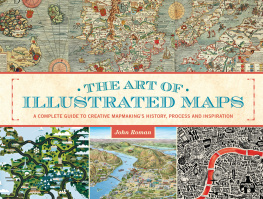

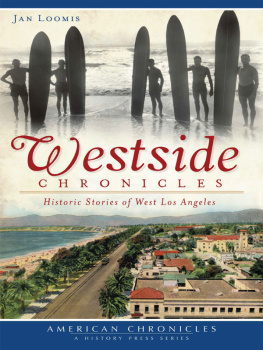

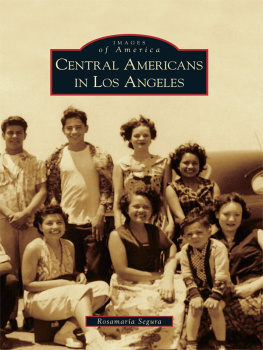
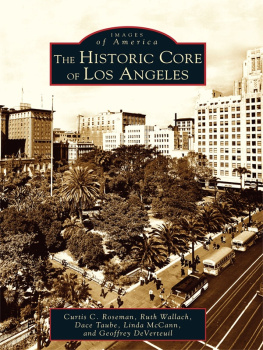
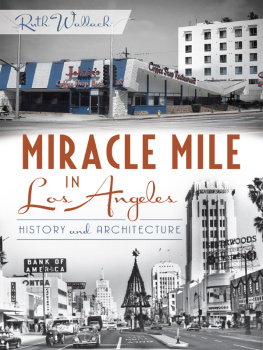

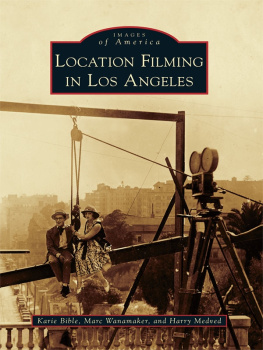
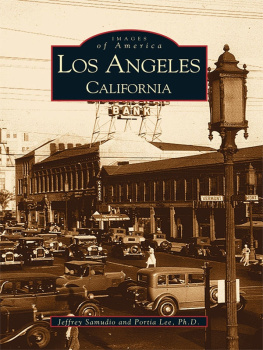
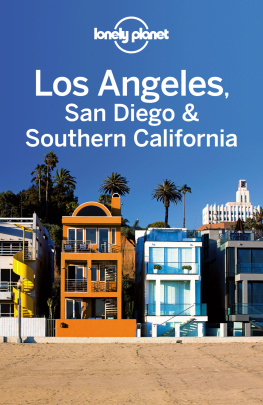
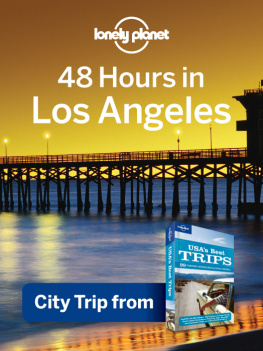
 San Gabriel Mission
San Gabriel Mission The Pueblo
The Pueblo Fort Hill
Fort Hill Chinatown
Chinatown Wharf at Wilmington (San Pedro)
Wharf at Wilmington (San Pedro) Colton Street and Glendale Boulevard (Doheny well)
Colton Street and Glendale Boulevard (Doheny well) The Huntington
The Huntington San Fernando Valley
San Fernando Valley Lasky-DeMille Barn
Lasky-DeMille Barn Hollywoodland
Hollywoodland Angelus Temple
Angelus Temple Greystone Mansion
Greystone Mansion Sunset Strip in West Hollywood
Sunset Strip in West Hollywood Watts Towers
Watts Towers The Los Angeles Herald Examiner Building
The Los Angeles Herald Examiner Building Little Tokyo
Little Tokyo The Dunbar
The Dunbar Hollywood Studios
Hollywood Studios Dodger Stadium
Dodger Stadium Malibu Beach
Malibu Beach Ambassador Hotel (RFK Community Schools)
Ambassador Hotel (RFK Community Schools) Hollyhock House
Hollyhock House The Getty Center
The Getty Center Lake Shrine
Lake Shrine

